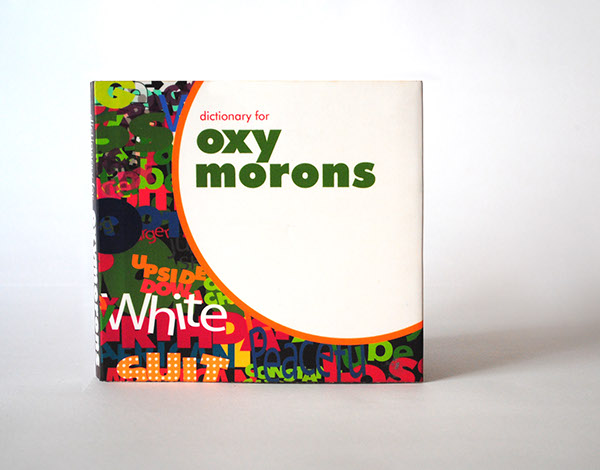Oxymoron – Definition
Any passionate learner of the English language may be familiar with the different figures of speech, such as hyperbole expressions and onomatopoeic words. Among the many literary devices to ever exist, lies a figurative language that’s seemingly illogical in form, which is referred to as an oxymoron.

What Is an Oxymoron?
An oxymoron is a type of figurative language that puts two opposing words together to create a new word. Oxymoron is paradoxical in nature, the key difference between the two is that a paradox presents a situation with the unlikely coexistence of two events.
How to Use an Oxymoron
There are many ways to play with the figurative analogy that is an oxymoron. You can see them in famous stories like Romeo and Juliet. Oxymoron can be used as a way to explain two different things and make them something entirely new.
Step 1: Funny Oxymoron Examples
There are words that you use or read that are examples of oxymoron. Words like: big baby, appear invisible, awfully nice, controlled chaos, and organized mess. These examples do make sense on their own but you would also ask yourself how or why.
Step 2: Oxymoron in Speeches, Essays, and Stories
The answer to this can never fully be understood, but that’s the beauty of an oxymoron. The peculiar combination of contradicting elements can either confuse a person or give them something to laugh about. This helps spice up welcome speeches by adding a touch of wit and humor to them.
Step 3: Examples of Oxymoron in Sentences
Although the concept of oxymoron can be difficult to comprehend at first, you’d be surprised to know how common it is applied in everyday simple sentences. But due to how natural these phrases are to you, you may not have noticed how often they are used.
Step 4: The Role of Oxymoron in Poetry and Literature
Oxymoron plays a significant part in written and spoken English for a number of reasons. Many authors incorporate oxymoron into their writing to emphasize the dual nature of a particular idea or concept. It simply expresses the creative mind of an author.
FAQs
What is an oxymoron?
An oxymoron is a type of figurative language that uses two different sets of words and combines them to make a new word with an opposite meaning. Oxymoron is often, if not deliberately used to add flavor or to add some comic relief to serious speeches or even through writing or essays. Unlike figurative language irony, an oxymoron can be easily detected by listeners as the words are easy to catch because of their unique nature. A good example of an oxymoron is the sound of silence. Listeners when they hear the term would immediately know that there is no sound in silence.
What is the difference between irony and oxymoron?
The difference between irony and oxymoron is simple. Oxymoron uses two different sets of words to make an opposite meaning to it. Irony is made when you are saying something but you mean the opposite. An example of irony in a sentence would be: “nice weather we are having.” Knowing fully well that the weather is bad but you say it quite differently. Oxymoron may use the same way but instead of detailing the obvious, you are using two opposite words to describe something. An example of an oxymoron would be “big baby.”
What are other ways you can use oxymoron?
There are a lot of ways you can use the figurative language oxymoron. The most common therein is a speech. Making speeches it is good once in a while to add oxymoron to draw your listener’s attention. It is also a good way to try it out when you make it. Another way is through comedy. Since an oxymoron is made of two words that do not literally match, comedy is a good way to practice with oxymoron.
It is clear that an oxymoron is a powerful literary device used to add drama and appeal to speech and writing. It helps turn an otherwise dull piece into something that is worth reading through the application of subtle humor. This allows a speaker or writer to perfectly describe or express a given sentiment by using opposites. Oxymora add flavor to our words by incorporating a comical twist that listeners and readers are sure to catch. Despite its witty nature, the oxymoron is an integral part of every language, whether it is written or spoken. For other related content, you may also see orientation speeches.

